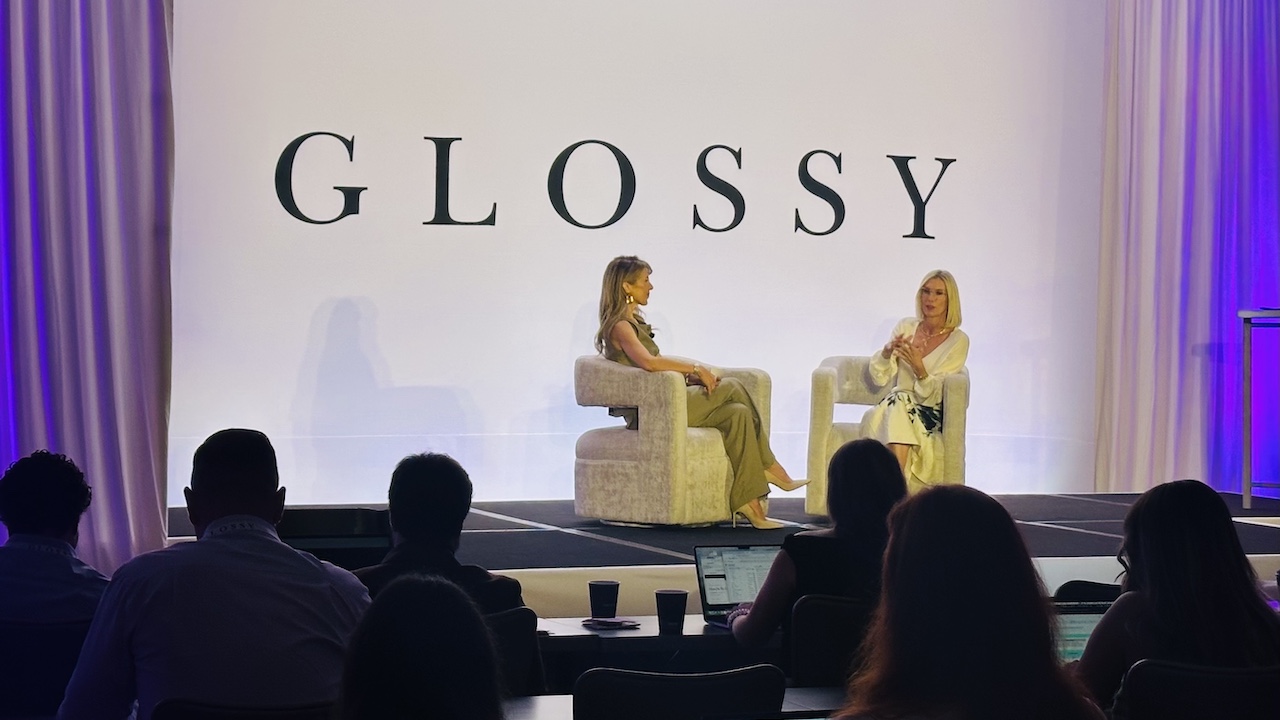As U.S.–China tariff escalations ripple across the fashion industry, brands from startups to heritage houses are scrambling to adapt. The new policies, including the rollback of the de minimis exemption and intensified duties on Chinese imports, have created a chilling effect on global logistics and sales. While some brands are rethinking supply chains and pricing strategies, others are left with few viable alternatives. Across the board, clarity is scarce and margins are thinner than ever.
“This is effectively an economic Cold War,” said Juan Pellerano, CMO at logistics platform Swap. “Tariffs aren’t just back, they’re evolving. Brands need to treat compliance and cost mitigation like a daily discipline.”
For its part, Swap pivoted quickly. In anticipation of renewed tariffs under a second Trump administration, the company launched Clear by Swap Global on April 10, a service tailored to brands navigating the shift from direct-to-consumer to more complex B2B2C models. “We wanted to bring enterprise-level logistics tools, like tariff recalculations and compliance, down to mid-market DTC brands operating on platforms like Shopify,” Pellerano said.
Continue reading this article on glossy.co. Sign up for Glossy newsletters to get the latest on the business of beauty, fashion and pop culture.












 English (US) ·
English (US) ·